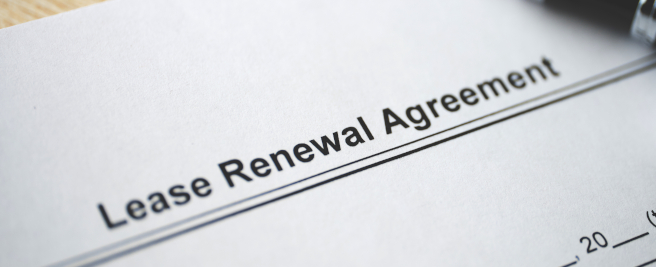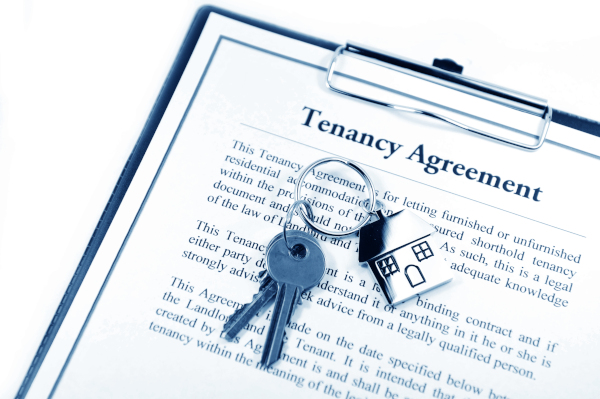

Delighted to congratulate Julian Mason on winning the Mentor Award at the Leadership Awards at the Queens Hotel in Leeds.
Julian has over 30 years’ experience in the building industry and more specifically working as a Chartered Building Surveyor. His interest in building design, construction and pathology has led to a deep knowledge and understanding of our built environment. Julian is keen to share all this knowledge and training with surveyors of all levels within our company from a formal to more informal situations of discussing things sat around within the office.
Julian provides guidance and advice at each stage of the site survey by imparting knowledge as well as supporting graduates to form their own decisions.
To further support the next generation of building surveyors Julian completed the RICS training to become an APC assessor in 1996. APC assessors are volunteers from the construction industry who give up their time to read submissions from graduates who are training on the APC pathway to become a Chartered Building Surveyor, prepare questions and take part in the interview process with two other assessors to decide if each individual candidate has the required understanding, knowledge and skill to become a Chartered member of the RICS. Julian has been an active member of the APC assessor panel for the last 27 years, further demonstrating his desire to guide and support the future of our industry.
Julian’s genuine desire to guide, advice and support the future generations of Building surveyors we believe demonstrates the qualities that make him a great mentor and leader. He is an exemplary role model and leads by example and those that have followed in his footsteps have gone on to become well rounded and knowledgeable Chartered Building Surveyors.














